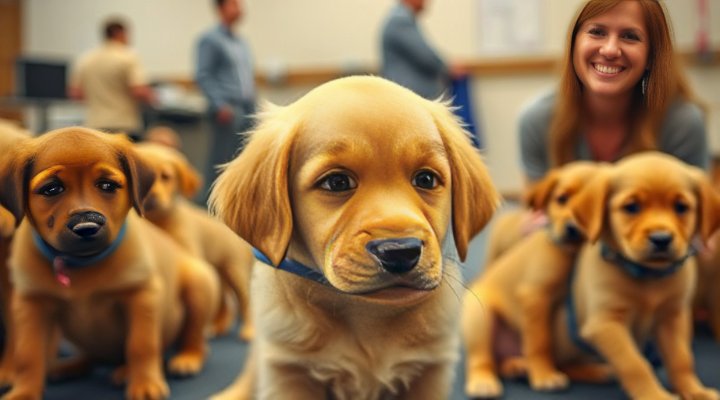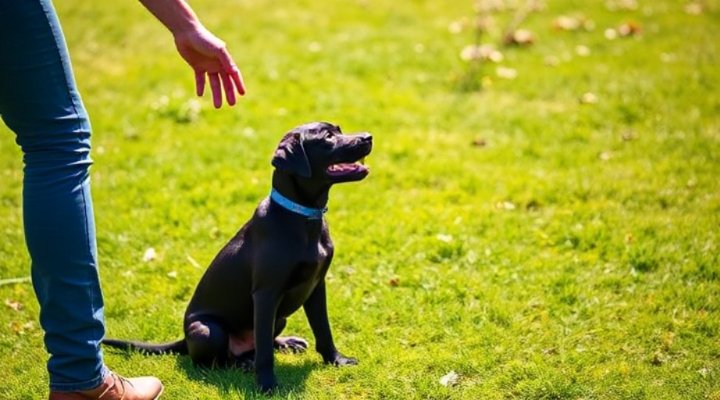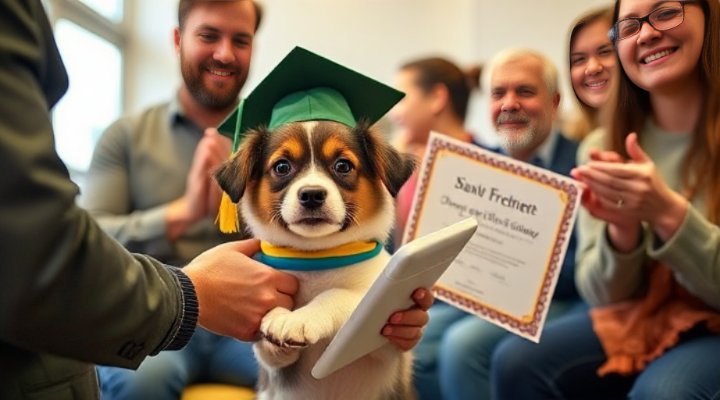Bringing home a new puppy is one of life’s greatest joys, but it also comes with challenges. That’s where puppy training classes come in – they provide structured learning that helps your furry friend develop into a well-mannered companion. In other words, these classes are the foundation for a lifetime of good behavior.

Why Puppy Training Classes Matter
First and foremost, dog obedience training during the early months shapes your puppy’s future behavior. Puppies have a critical socialization window between 3-14 weeks, making this the perfect time to enroll in classes. For instance, a well-structured program teaches basic commands while helping your pup interact positively with other dogs and people.
Moreover, training classes address common puppy problems like biting, jumping, and housebreaking. As a result, you’ll spend less time correcting bad habits and more time enjoying your growing companion.

What to Expect in Puppy Training Classes
Most quality puppy training programs cover these essential skills:
- Basic commands (sit, stay, come)
- Leash walking manners
- Proper socialization techniques
- Bite inhibition training
- Housebreaking guidance
Furthermore, many classes incorporate positive reinforcement methods that make learning fun for your pup. Meanwhile, you’ll gain valuable knowledge about canine body language and training techniques.

The Benefits of Professional Puppy Training
While you can certainly teach your puppy at home, professional classes offer distinct advantages. To clarify, certified trainers can:
- Identify and correct subtle behavior issues
- Provide expert socialization opportunities
- Offer personalized advice for your puppy’s needs
- Create a structured learning environment
Additionally, classes provide consistency that’s hard to replicate at home. Subsequently, your puppy learns to focus despite distractions – a crucial skill for real-world situations.
Choosing the Right Puppy Training Program
Not all puppy training classes are created equal. Here’s what to look for:
- Small class sizes (4-6 puppies max)
- Certified, experienced instructors
- Positive reinforcement methods
- Clean, safe facilities
- Age-appropriate curriculum
For example, our puppy training program combines all these elements with a fun, supportive atmosphere. Above all, the right class should feel like a good fit for both you and your puppy.

Making the Most of Puppy Training Classes
To maximize your puppy’s learning, follow these tips:
- Practice daily between classes
- Use high-value treats as rewards
- Keep training sessions short (5-10 minutes)
- Be patient and consistent
- Celebrate small successes
Similarly, daily training exercises at home reinforce what your puppy learns in class. Consequently, you’ll see faster progress and better retention of skills.
The Long-Term Impact of Early Training
Investing in puppy training classes pays dividends for years to come. Well-trained puppies grow into:
- Confident adult dogs
- Pleasant companions in public
- Safe playmates for children
- Welcome guests in homes and businesses
In short, the skills learned in puppyhood create the foundation for a lifetime of good behavior and strong bonds between you and your dog.
Related Keywords: puppy obedience training, dog training near me, puppy socialization classes, basic puppy commands, positive reinforcement dog training

